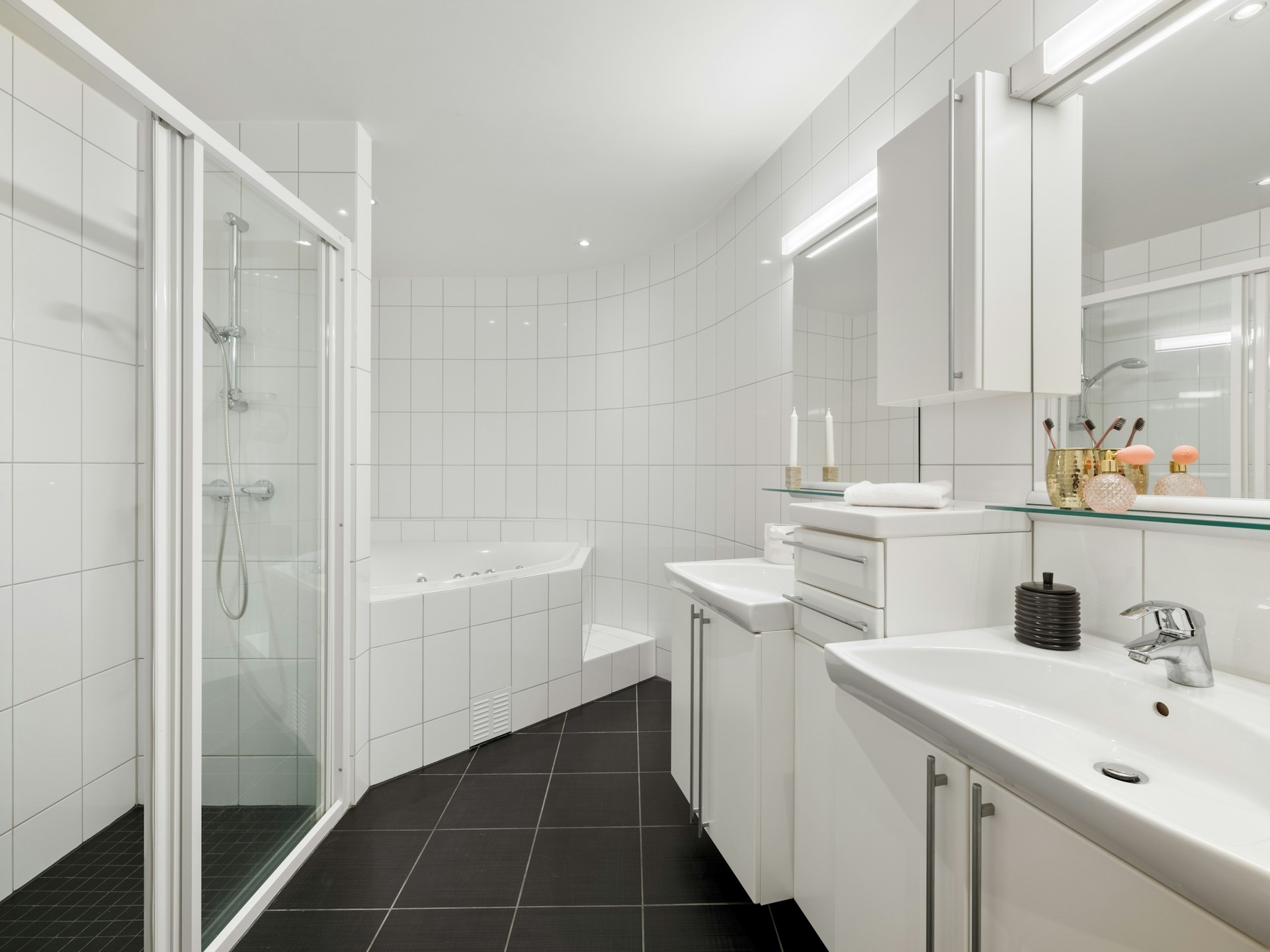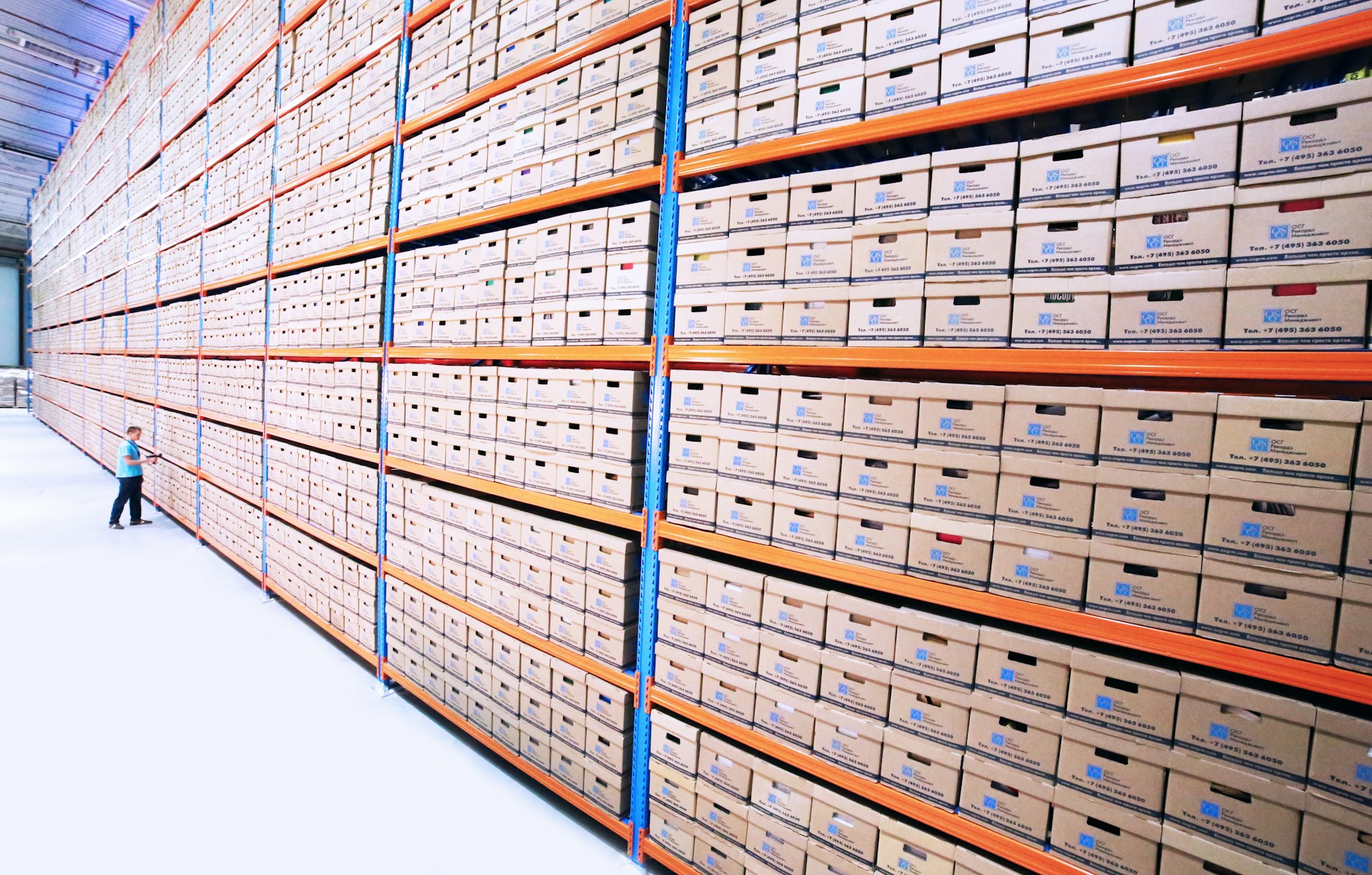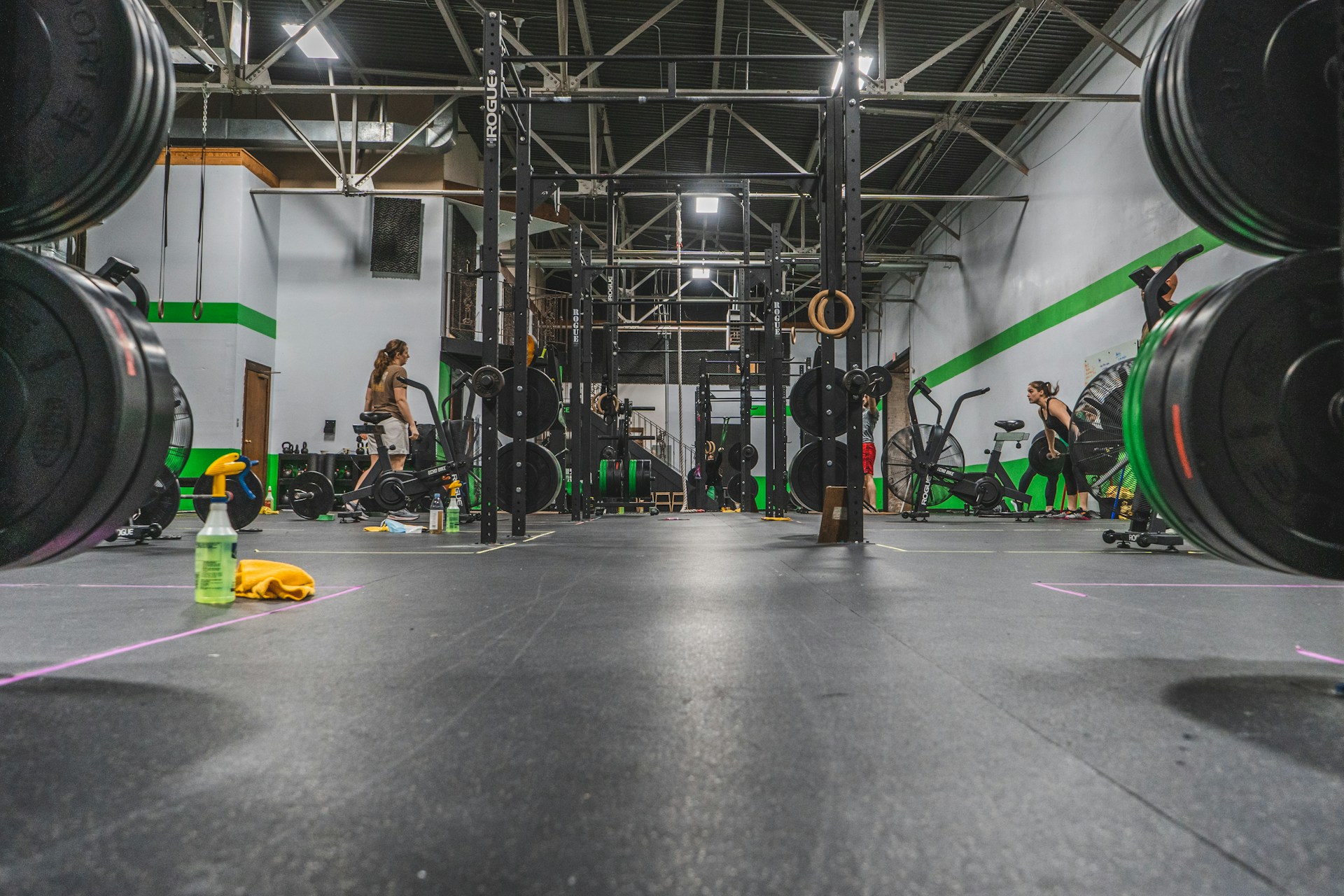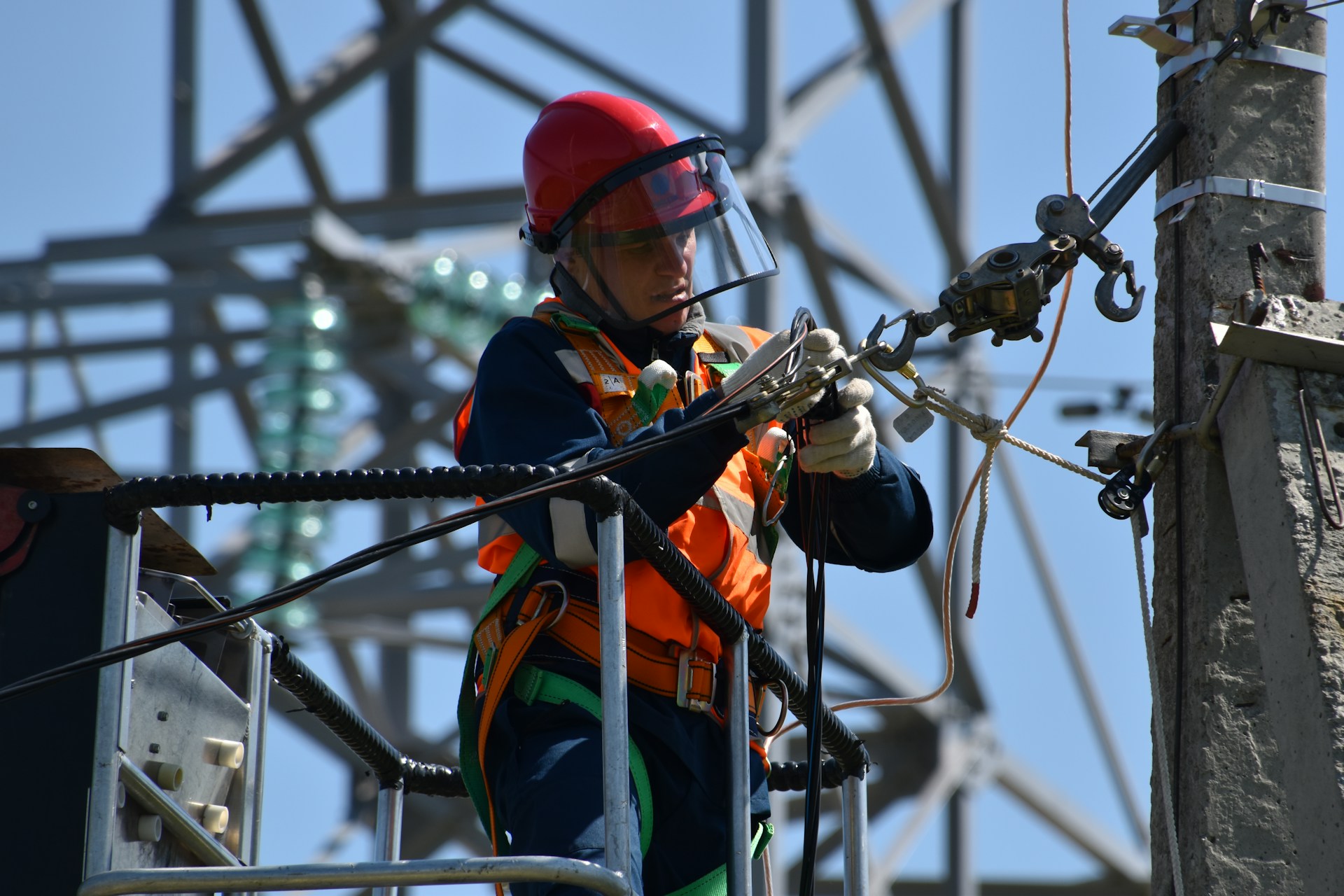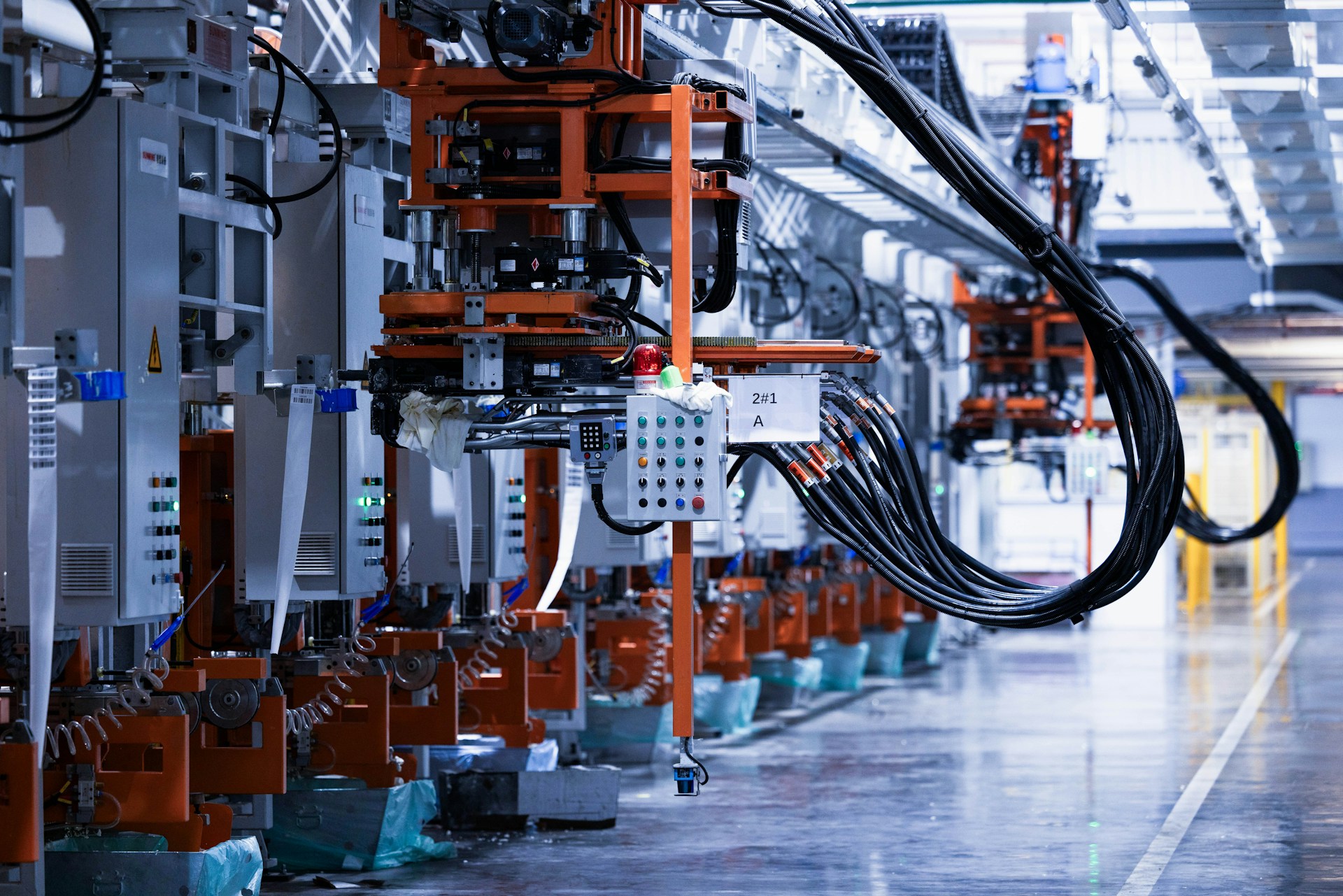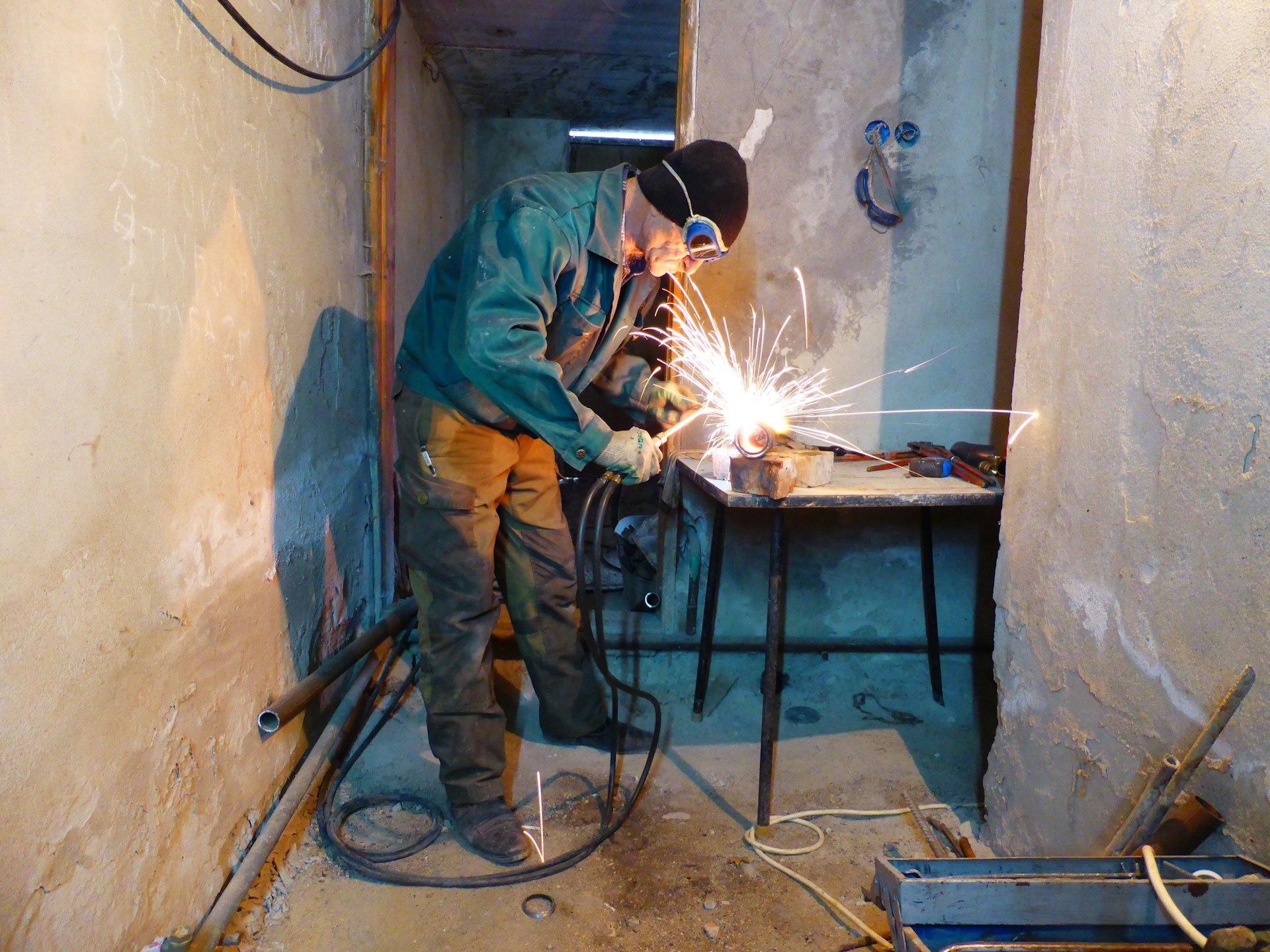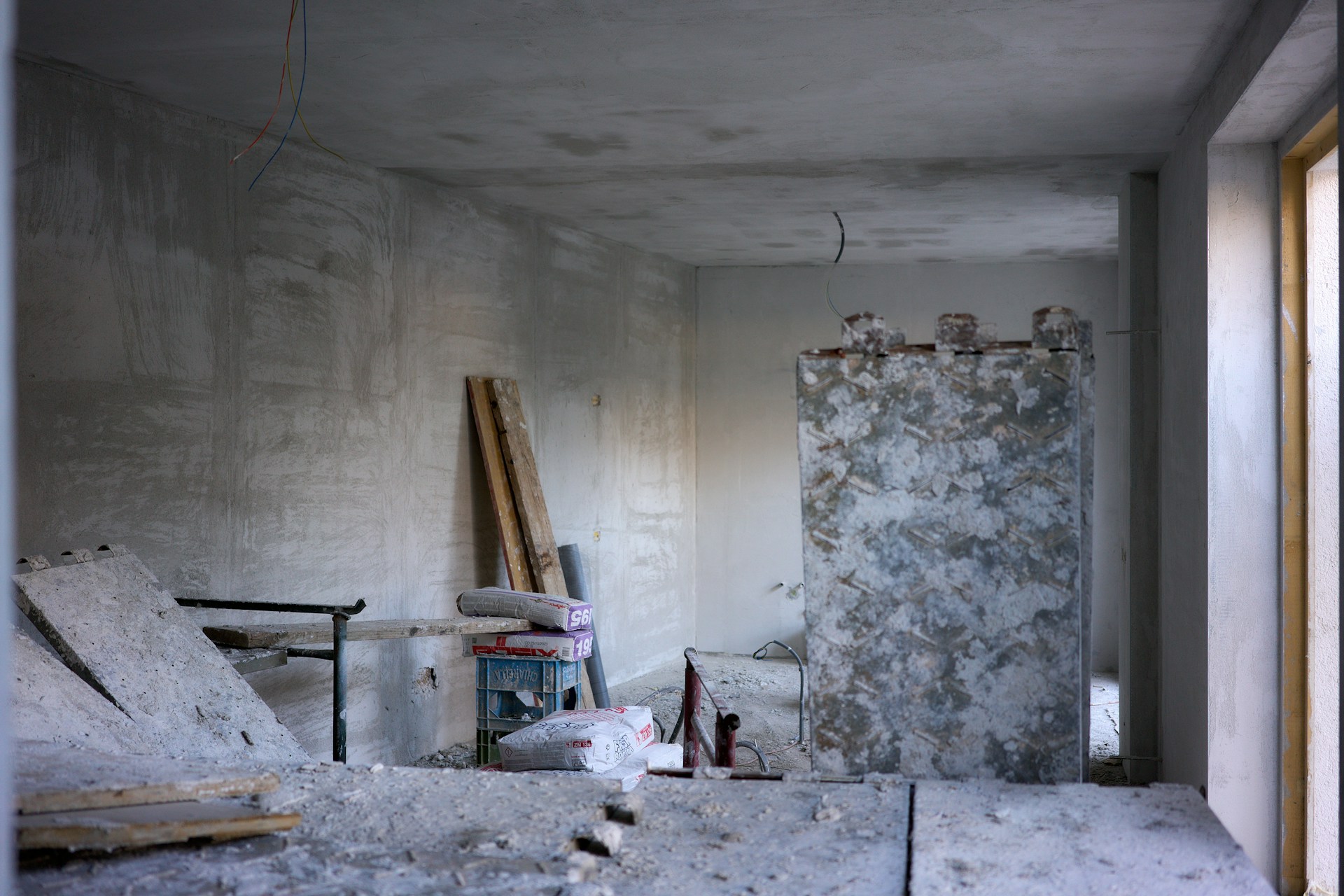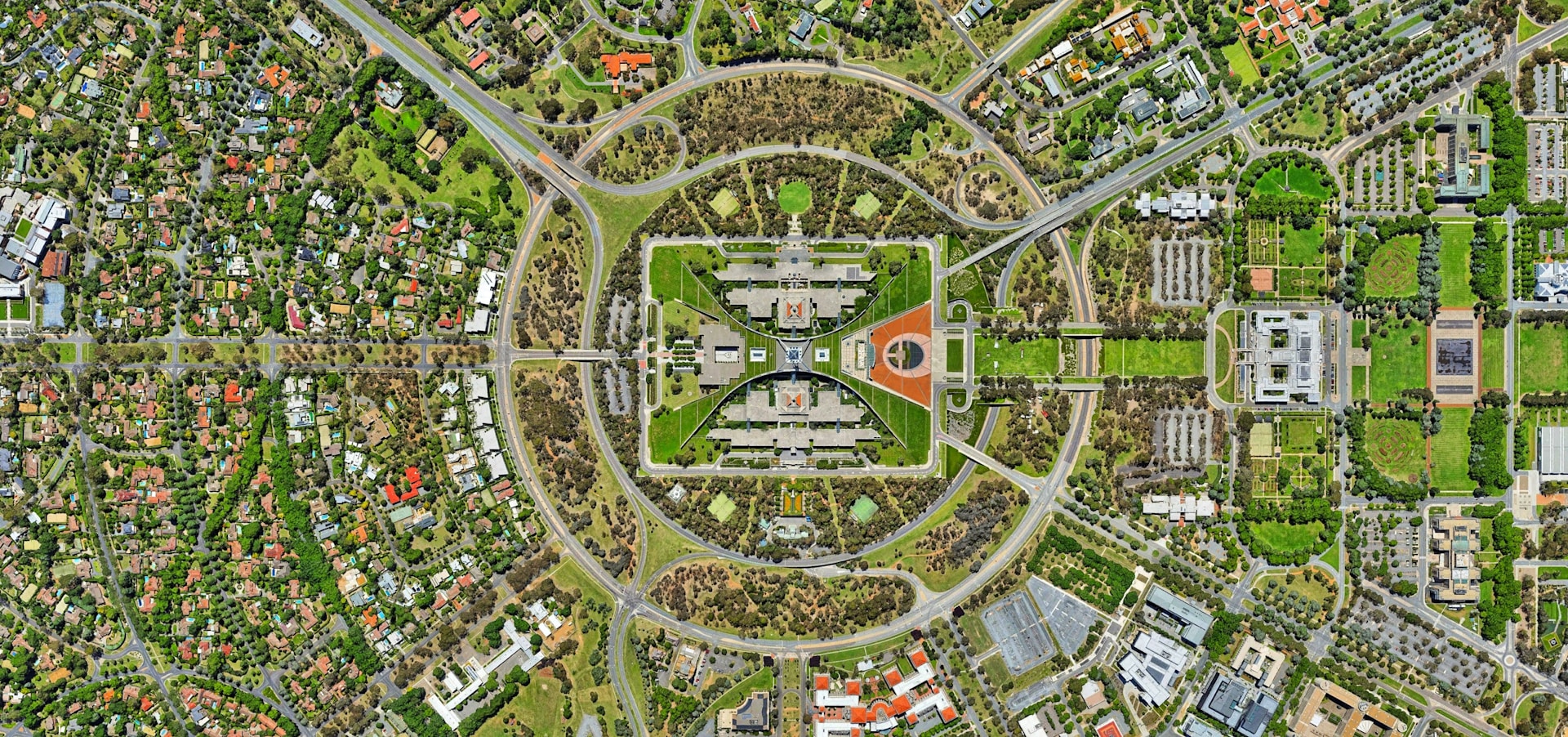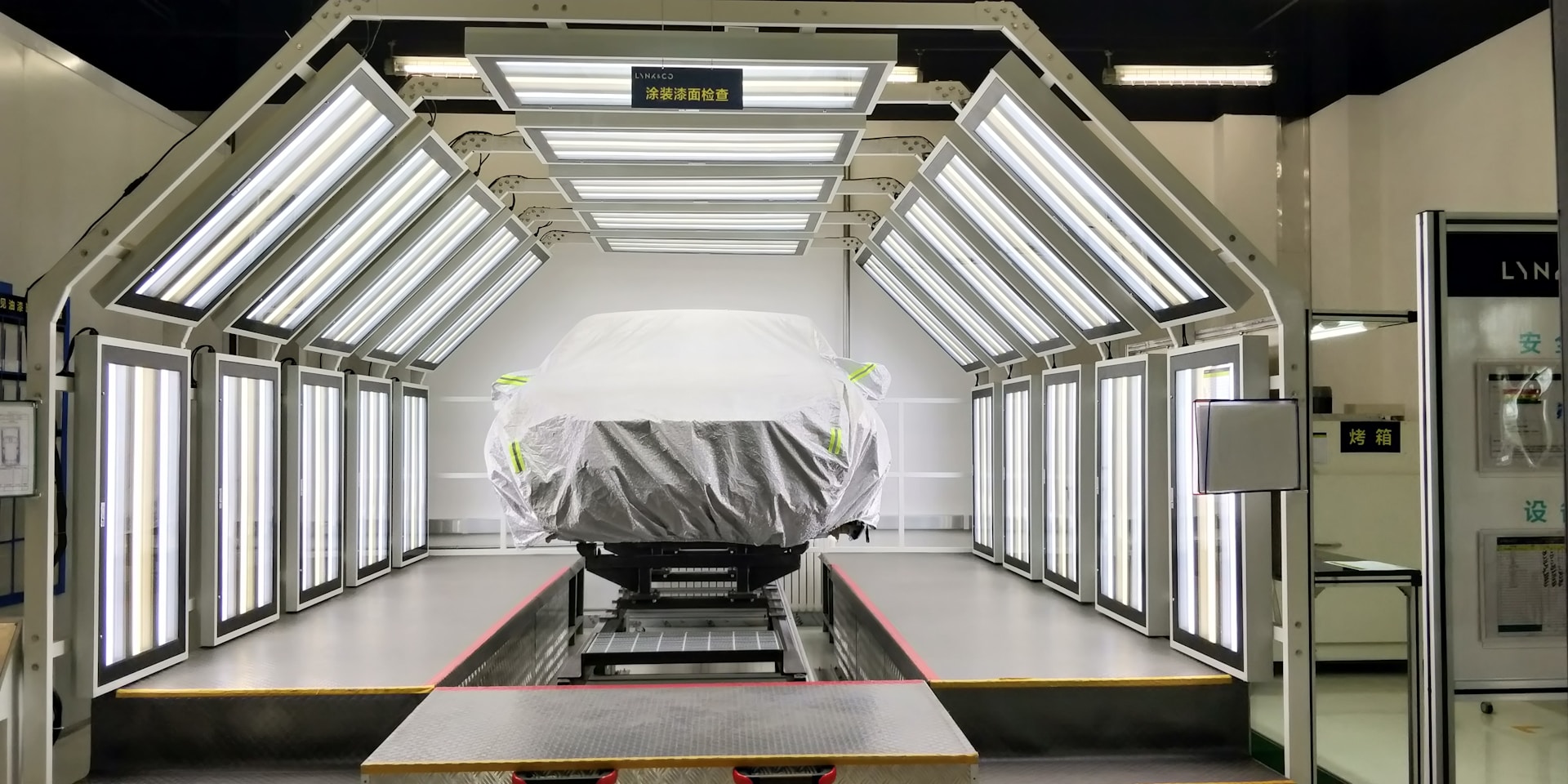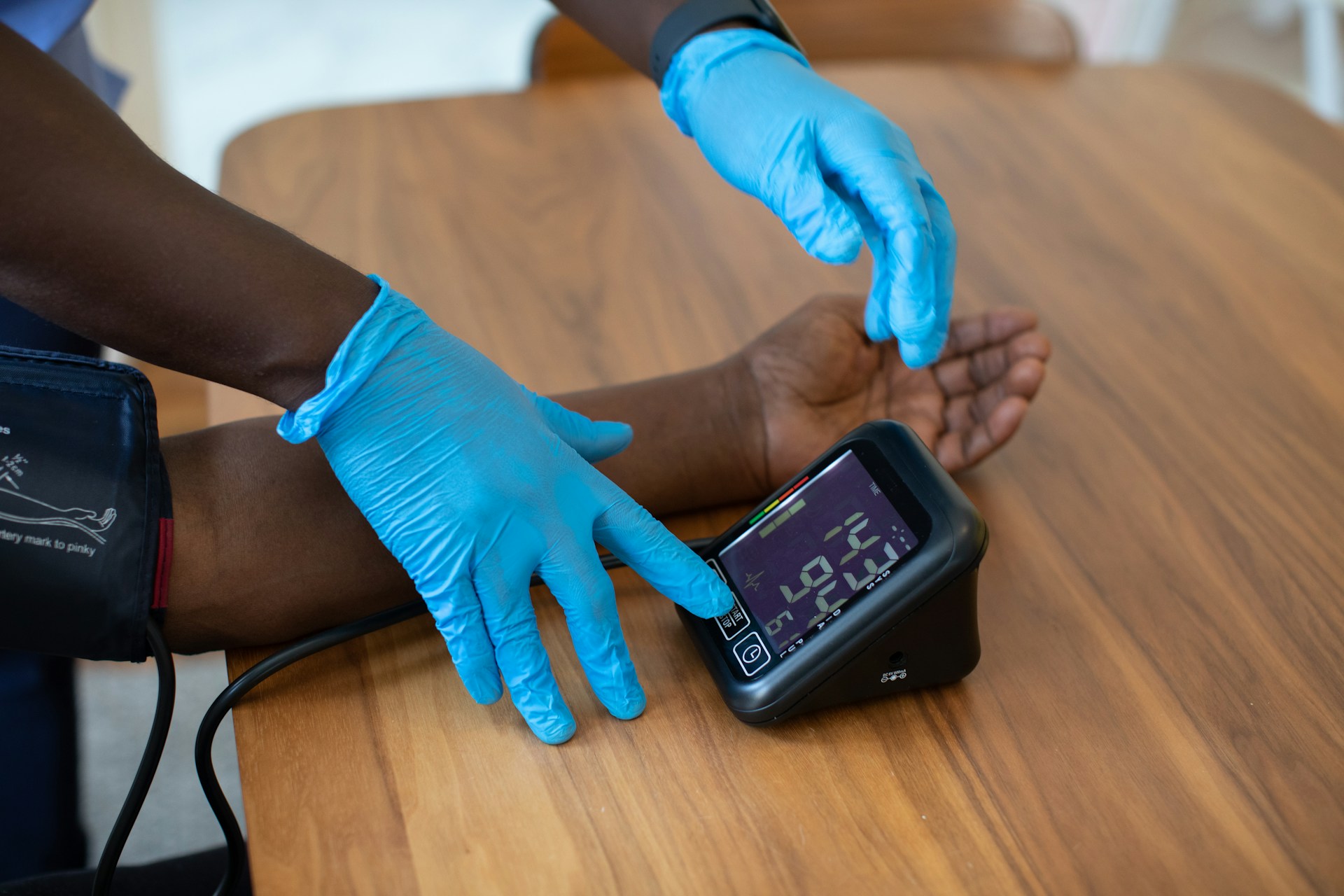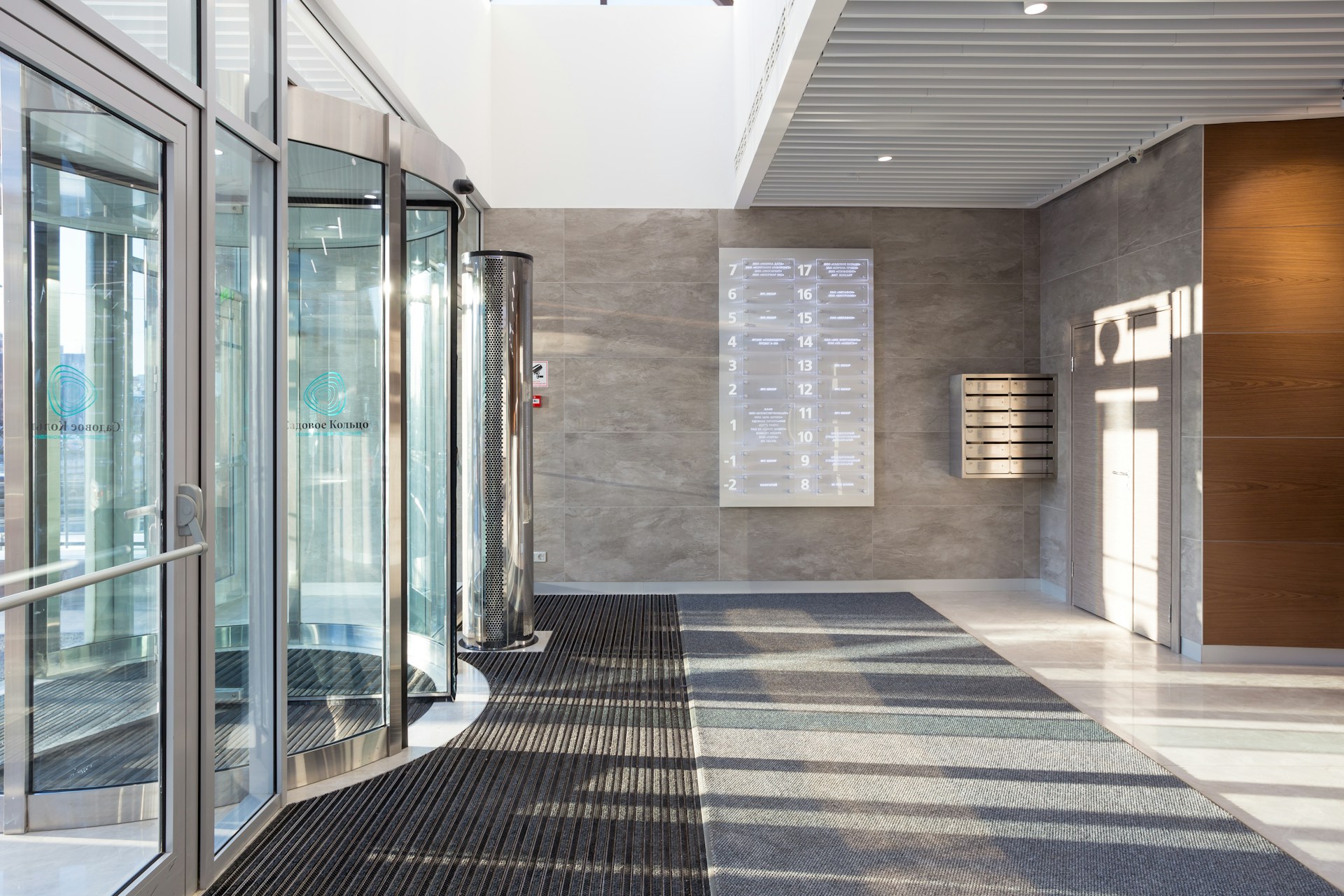
Commercial buildings face an unprecedented array of security threats that extend far beyond traditional concerns. From active shooter incidents to terrorist attacks, natural disasters to forced entry attempts, the security landscape has evolved dramatically.
Modern threats require comprehensive protection strategies that address multiple vulnerabilities simultaneously. The days of single-purpose security measures are over.
Organizations now need integrated solutions that protect against ballistic threats, explosive devices, forced entry, and other security risks. This comprehensive approach to physical security ensures that buildings and their occupants remain safe regardless of the threat they face.
Understanding the full spectrum of protection available through advanced security barriers helps facility managers, architects, and security professionals make informed decisions about their security infrastructure.
The following exploration examines the various protective capabilities that modern security solutions offer and how they work together to create a robust defense system.
Understanding Multi-Threat Security Challenges
The Evolution of Security Threats
Security threats have become increasingly sophisticated and varied. Traditional security measures that focused on preventing unauthorized access are no longer sufficient.
Modern threats include coordinated attacks that may involve multiple methods, requiring security solutions that can respond to diverse challenges simultaneously.
The rise in active shooter incidents, terrorist attacks, and organized crime has pushed the security industry to develop more comprehensive protective measures. These threats often involve multiple attack vectors, making it essential for security barriers to protect against various forms of assault.
Common Threat Vectors
Physical security threats typically fall into several categories, each requiring specific protective measures. Ballistic threats involve firearms and projectiles, while explosive threats can cause structural damage and injury through blast effects. Forced entry attempts may use tools, vehicles, or other methods to breach security perimeters.
Understanding these threat vectors helps security professionals design comprehensive protection strategies. Each threat type requires specific materials, construction techniques, and installation methods to ensure adequate protection.
Ballistic Protection: The Foundation of Security
Understanding Ballistic Threats
Ballistic protection forms the cornerstone of modern security barrier systems. This protection involves materials and construction methods designed to stop or deflect projectiles from firearms. The level of protection required depends on the specific threats an organization faces and the security risk assessment.
Bulletproof commercial doors represent one of the most critical components of a comprehensive ballistic protection system. These specialized doors provide secure entry points while maintaining the aesthetic and functional requirements of commercial buildings.
They combine high-strength materials with advanced engineering to create barriers that can withstand significant ballistic threats.
Protection Levels and Standards
Ballistic protection follows established industry standards that define specific threat levels and corresponding protection requirements. These standards ensure that security barriers meet consistent performance criteria and provide reliable protection against defined threats.
The testing and certification process for ballistic barriers involves rigorous evaluation under controlled conditions. This testing ensures that products meet or exceed their stated protection levels and perform consistently when facing real-world threats.
Blast Resistance: Protecting Against Explosive Threats
The Science of Blast Protection
Blast resistance requires specialized engineering that addresses the unique challenges posed by explosive devices. Unlike ballistic threats that involve focused projectiles, explosions create widespread pressure waves and debris that can cause structural damage over large areas.
Effective blast protection involves understanding how explosive forces interact with building structures and designing barriers that can absorb and redirect these forces. This protection extends beyond simply stopping fragments to include managing the pressure waves and thermal effects that explosions create.
Integration with Building Design
Blast-resistant barriers must integrate seamlessly with existing building structures while providing effective protection. This integration requires careful consideration of architectural requirements, building codes, and aesthetic considerations alongside security needs.
The placement and design of blast-resistant barriers significantly impact their effectiveness. Strategic positioning can help protect critical areas while maintaining normal building operations and emergency egress requirements.
Forced Entry Prevention: Securing Physical Access
Understanding Forced Entry Methods
Forced entry attempts use various tools and techniques to breach security barriers. These methods range from simple tools like crowbars and hammers to sophisticated equipment, including power tools and cutting devices. Understanding these methods helps security professionals design appropriate countermeasures.
Effective forced entry prevention requires barriers that can withstand sustained attacks using multiple tools and techniques. This protection involves both the barrier materials and the supporting frame and installation systems that hold them in place.
Time-Based Protection Strategies
Forced entry protection operates on the principle of time delay rather than absolute prevention. The goal is to create barriers that require significant time and effort to breach, allowing security personnel to respond effectively to threats.
This time-based approach recognizes that determined attackers may eventually breach any barrier given sufficient time and resources. However, by significantly increasing the time required for breach attempts, security barriers provide valuable response time for security personnel and law enforcement.
Comprehensive Physical Security Systems
Layered Defense Strategies
Effective physical security employs multiple layers of protection that work together to create comprehensive defense systems. These layers include perimeter security, building envelope protection, and interior security measures that collectively address various threat scenarios.
Each layer serves a specific purpose in the overall security strategy while supporting the effectiveness of other layers. This approach ensures that security remains effective even if individual components are compromised or bypassed.
Integration with Electronic Security
Modern physical security barriers integrate with electronic security systems to create comprehensive protection networks. This integration includes access control systems, surveillance equipment, and alarm systems that work together to detect, deter, and respond to threats.
The combination of physical barriers with electronic security creates synergistic effects that enhance overall security effectiveness. Electronic systems can provide early warning of threats, while physical barriers provide time for appropriate responses.
Advanced Materials and Technologies
Material Science Innovations
The development of advanced materials has revolutionized the effectiveness of security barriers. Modern materials offer improved protection while reducing weight and thickness compared to traditional solutions.
These innovations make it possible to integrate high-level protection into commercial buildings without compromising functionality or aesthetics.
Advanced composites, specialized steels, and layered material systems provide enhanced protection against multiple threat types. These materials undergo continuous research and development to improve their protective capabilities while addressing practical implementation challenges.
Manufacturing and Quality Control
The production of effective security barriers requires precise manufacturing processes and rigorous quality control measures. These processes ensure that barriers meet their designed performance specifications and provide reliable protection over extended periods.
Quality control measures include material testing, dimensional verification, and performance validation to ensure that finished products meet or exceed their stated protection levels. This quality assurance is essential for maintaining the reliability and effectiveness of security systems.
Implementation and Professional Installation
Planning and Assessment
Successful implementation of multi-threat protection systems requires comprehensive planning and professional assessment. This process involves evaluating specific threats, building requirements, and operational needs to develop appropriate security solutions.
Professional assessment helps identify the most effective protection strategies while ensuring compliance with building codes, fire safety requirements, and accessibility standards. This comprehensive approach ensures that security measures enhance rather than compromise overall building functionality.
Installation and Maintenance
Proper installation is crucial for the effectiveness of security barriers. Professional installation ensures that barriers are correctly positioned, properly secured, and integrated with existing building systems. This expertise is essential for maintaining the protective capabilities of security systems.
Ongoing maintenance and inspection help ensure that security barriers continue to provide effective protection over time. Regular maintenance programs identify potential issues before they compromise security effectiveness and ensure that systems remain ready to respond to threats.
Building a Secure Future
The evolution of security threats requires equally sophisticated protective measures that address multiple vulnerabilities simultaneously.
Modern security solutions provide comprehensive protection against ballistic threats, explosive devices, forced entry attempts, and other security challenges through integrated systems that combine advanced materials, professional engineering, and expert installation.
Organizations that invest in comprehensive multi-threat protection systems position themselves to address current security challenges while maintaining the flexibility to adapt to emerging threats. This proactive approach to security helps protect people, property, and operations while supporting continued business success.
The key to effective security lies in understanding the full spectrum of available protection options and working with security professionals to develop customized solutions that meet specific needs and requirements.
By taking this comprehensive approach to physical security, organizations can create safe, secure environments that support their operational goals while protecting against diverse threat scenarios.








